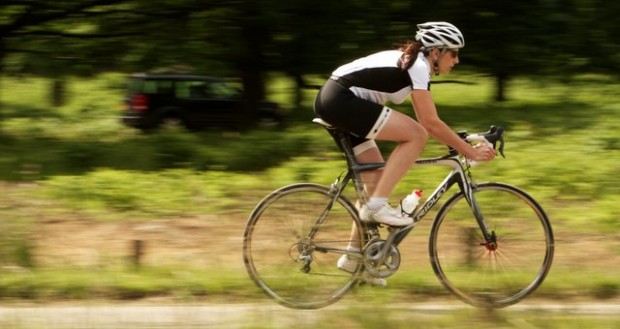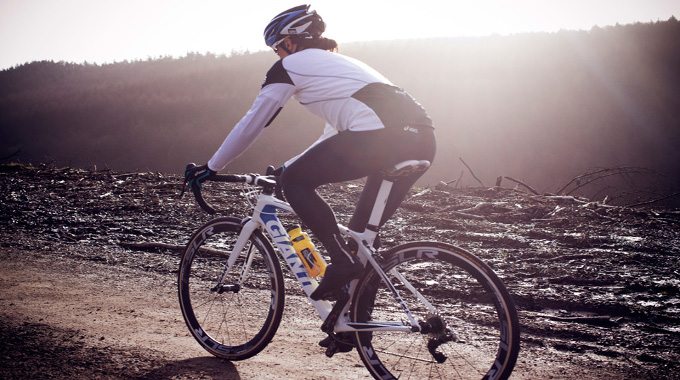
If you have been cycling for a while and are making the transition into more competitive cycling you will know that it is the ambition of most cyclists to be as powerful and as light as possible. And this not only applies to the person themselves, it also applies to the bike and bike accessories too as aluminium is swapped for carbon options.
The power to weight principle is an easy one. Reducing the amount of weight you are carrying can increase your speed and endurance. Essentially the more power an athlete has per pound or kilo they weigh, the faster they will be. Power to weight ratio is calculated quite simply – you take the amount of power you output in watts and divide it by the amount you weigh in kilos.
Always a fan of a little anecdote, here is one to explain the concept of power to weight ratio:
We have two cyclists- Annabelle and Daisy. Anabelle is super petite and weighs just 55kgs and has a power output of 450 watts. Daisy on the other hand weighs 72kgs but has an output of 550 watts.
Despite the fact that Daisy is clearly stronger, Anabelle will be a more efficient cyclist with a power to weight ratio of 8.18 watts per kilo compared with 7.6 watts per kilo for Anabelle.
If you are trying to slim down to increase your power to weight ratio these weight loss tips will help. Be careful though. Dieting can be a dangerous addiction. And losing a lot of weight quickly with the use of crash diets will ultimately have a detrimental effect on your performance.
The aim is to lose body fat while maintaining or increasing muscle mass and strength which is by any account a tricky one to achieve. Ensure that you do not exclude entire food groups that provide essential attributes for effective training or recovery. And remember that as a women your body fat should not dip below 14%.
Also worth a read:





